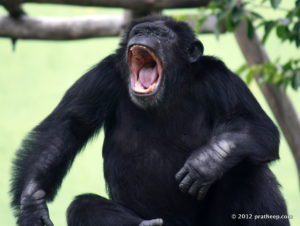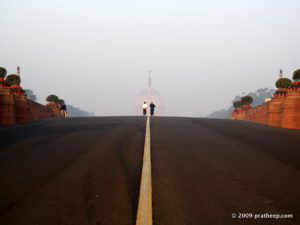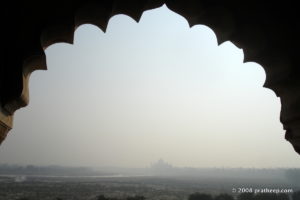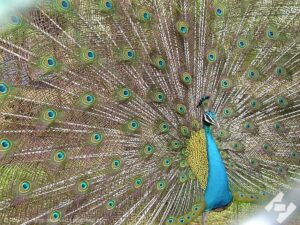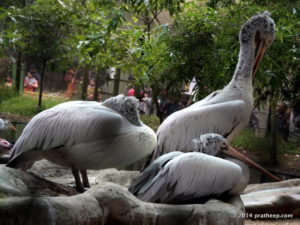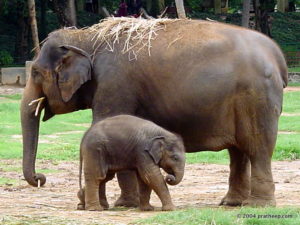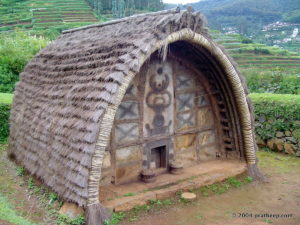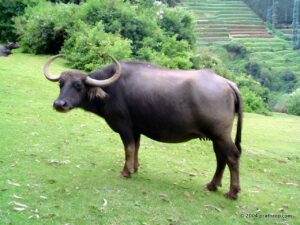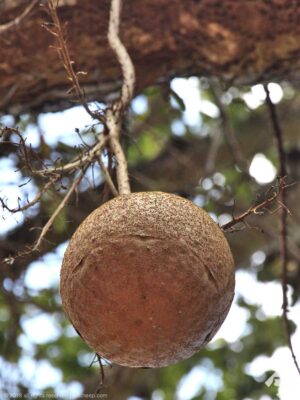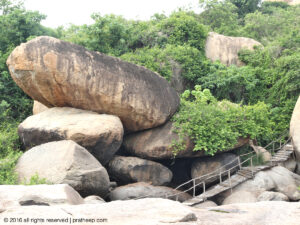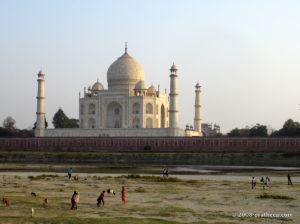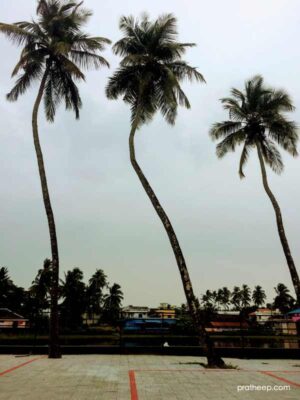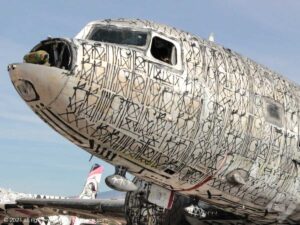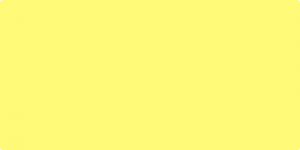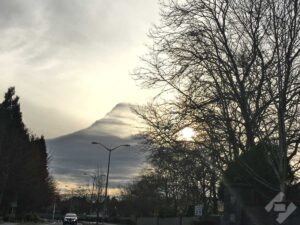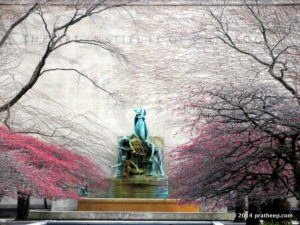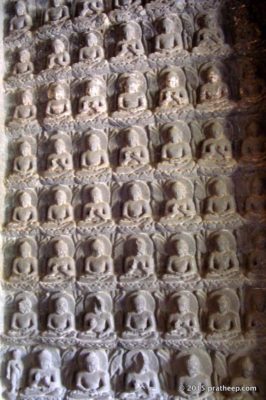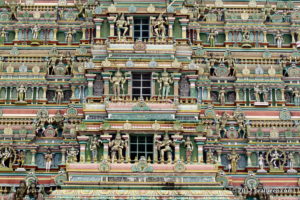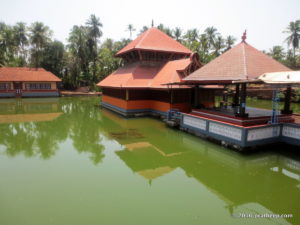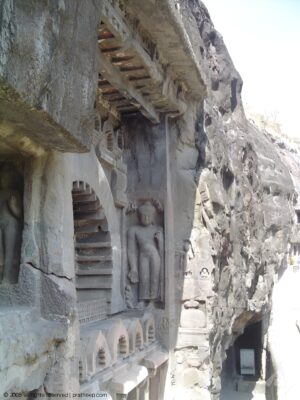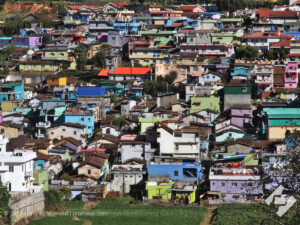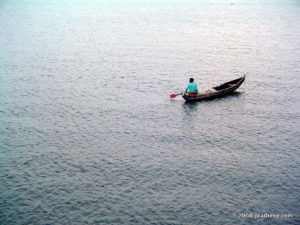Photography at Ajanta
Photography in Ajanta Caves is riddled with that typical good-news bad-news tradeoff.
In general photography is discouraged inside the caves, especially those caves with paintings (Ajanta Cave 1, Ajanta Cave 2, Ajanta Cave 16 , Ajanta Cave 17).
It’s not photography per say the authorities are worried about, but use of the harsh flashes that causes damage to the murals. Left unrestricted, millions of camera flashes that’s going to fire in front of these invaluable murals, would have further damaged the already faded paintings. That is not a good idea of tourism.
The caves are pretty deeper with only point of light entry from its facade. This is a challenge in the conventional photography. To top it – for a different reason – use of tripod too is prohibited in Ajanta.
All is not lost. The caves are illuminated with sober fiberoptic lighting. The light source is kept outside the caves and the ‘cool light’ is taken into the caves through fiberoptic pipes.
If you carry a digital camera with reasonably high ISO setting , you would be able to get decent pictures without flash.
If you are very particular about photography at Ajanta keep in mind a few more this. First, avoid visiting this place during any of the weekend, holidays or in general avoid seasons when everyone goes to Ajanta!
The crowd in the otherwise confined space is a major distraction for photography.
The second point is, be there early. Be well ahead of the ‘first wave’ of visitors that’s going to sweep through the caves. Photography or otherwise, this is a good strategy to explore the caves in relative peace.
That essentially means be there at the entry point well before 9 in the morning.
The third thing is to understand the orientation of the caves from a photography point of view. The caves are located on the inner part of a horse shoe shaped cliff.
Ajanta Cave 1 to Ajanta Cave 6 faces a tentative east. These caves get reasonably well illuminated by natural light during the later part of the day.
Similarly the series of Ajanta Cave 7 to Ajanta Cave 20 faces south. Ajanta Cave 21 to Ajanta Cave 28 faces east to northeast progressively in that order of its position.These are better illuminated during the morning hours, when the sunray is quite slanted to enter the east facing caves.
So you got the point, shoot when and where there is ample sunlight to your advantage. Also be aware that entry to the caves closes by 5.30 in the evening. Plan your photography strategy accordingly.
And one more thing. Ajanta’s landscape looks significantly different during summer and in rainy season. The stream dries up during summer and the whole landscape presents a rugged look. Post monsoon, the panorama spots a pleasant coat of undulating green, thanks to the freshly sprouted trees and the outgrowth. The waterfall in the middle further adds to the beauty. For that cliche horseshoe panorama shot you’ve to trek to the
Both summer and monsoon presents distinct photo opportunities.
There is no camera fee!



